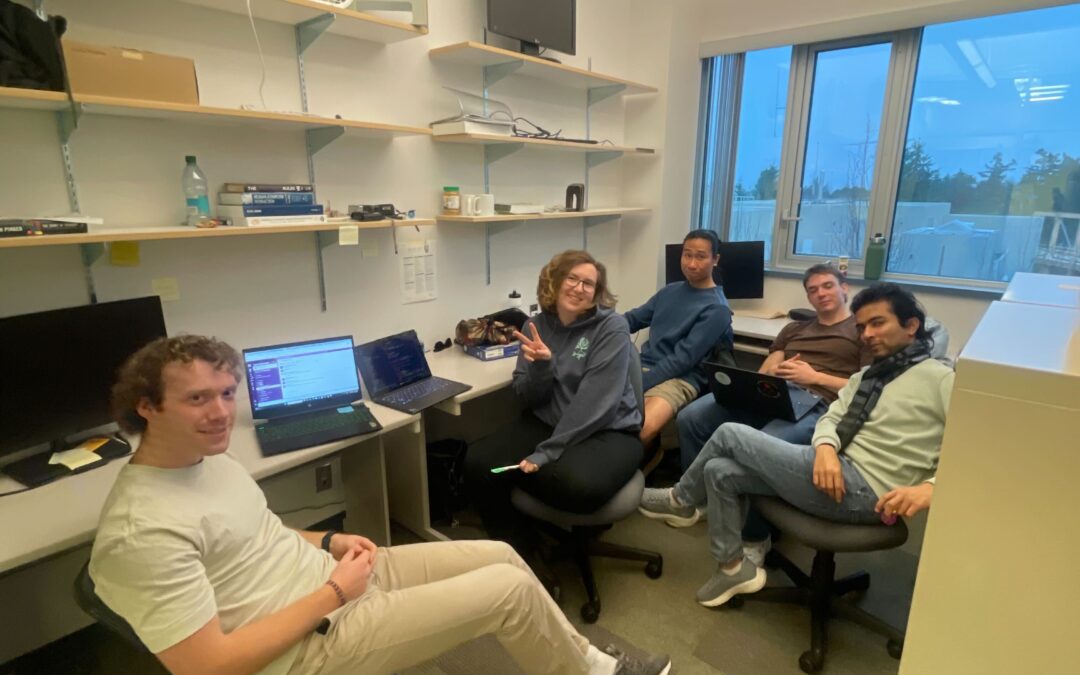In this playback, we finally started to see Mathiné look like the tool we imagined back in September. Our to-do list went from a wall of “someday” items to a series of checked boxes: the refreshed landing page, shared calendars, assignment auto-population from Brightspace, subtasks, and time-slotting all made it into the product. This sprint felt less like tinkering and more like shaping a coherent experience that actually supports how students think, plan, and study.
Adapting on the Fly
“Only constant is Requirement CHANGE” sums up this sprint. We discovered more about how students wanted to use Mathiné in the middle of a heavily crunched development timeline, as we pushed to get new features deployed at least once more before term end to have a last shot at retention. Our roadmap had to flex – from idealized November plans to a more realistic sequence of “stabilize, release, then document” – and we’re slowly getting more comfortable with that kind of pivot.
Hard Truth: Adoption Is Our Biggest Challenge
Students are still not using Mathiné the way we hoped: no one claimed the prize money from our survey, and no one participated in the Discord bug bounty. We also still don’t have direct access to analytics logs, so we lack a clean picture of active users. That has pushed us to double down on non-technical strategies: class feedback via Mentimeter, live demo of the latest features, social media and email publicity.
Reaching First Years
Against that backdrop, we started thinking seriously about the next wave of students and how they will even hear about Mathiné in the first place. For January 2026 first years, we don’t just want to be a link buried in Brightspace – we want to be part of their onboarding story. That means treating student union Instagram as a key stakeholder channel for social proof and awareness, and figuring out who owns the pre-arrival “welcome to UVic, here are your resources” emails so we can make a case for including Mathiné alongside other core supports. The questions we captured – “How do we engage first years?”, “Who runs SU Instagram?”, “Who sends those year-one emails?” – are really about building a more intentional top-of-funnel.
Growing Together: Team Dynamics, CPs, and Continuous Reflection
Finally, Playback 5 reminded us that none of this happens in isolation. We are learning to navigate different personalities and strong opinions: sometimes we table a hot topic and revisit it later; sometimes we defuse tension with snacks and stories. Our relationships with community partners – Tristin in UVic Systems, the Privacy Office working on a PIA addendum, and professors who open their classes for surveys and workshops – continue to shape what’s possible. Our team evolved from being fixated on “finishing discussions” to embracing continuous, iterative feedback as our strategy. If earlier reflections were about building Mathiné, this one is about learning to live with it in motion – adapting plans, facing adoption reality, and deliberately opening new paths for future students to find us.
Mathiné Team

